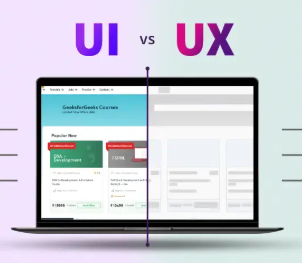As education technology becomes an essential part of classrooms and learning environments, the quality of user experience (UX) and user interface (UI) design plays a vital role in how effectively these tools support learning. A well-designed EdTech platform does more than look appealing—it enhances learning outcomes, boosts student engagement, and simplifies the work of educators.
Why UI/UX Matters in Education Technology
In the digital learning space, intuitive design ensures that students, teachers, and administrators can use educational tools without confusion or delay. A platform with clear navigation, responsive layouts, and user-centered features helps learners of all ages focus on content rather than figuring out how to use the system. This is especially important in remote or blended learning models where self-guided access to resources is crucial.
Student Engagement and Learning Efficiency
A positive user experience keeps students motivated and focused. When digital platforms are easy to interact with, learners are more likely to participate, complete assignments, and return to the tool regularly. Features like interactive dashboards, progress trackers, and personalized learning paths—all part of smart UX design—encourage active learning and consistent growth.
Supporting Teachers and Administrators
Teachers benefit significantly from platforms that reduce complexity in managing classes, assessing progress, and communicating with students. A clear interface with thoughtfully designed workflows saves time and minimizes errors. Additionally, accessibility features such as keyboard navigation, screen reader compatibility, and adjustable text sizes ensure inclusivity for all users.
Mobile Responsiveness and Accessibility
With more students accessing content through tablets and smartphones, responsive UI design is no longer optional. EdTech tools must perform well across devices and screen sizes while remaining consistent in usability. Accessibility should also be a core priority, ensuring that learners with different abilities can fully engage with the content.
The Role of Feedback and Iteration
Continuous improvement is key in digital learning tools. Collecting user feedback and analyzing interaction data allows developers to identify pain points and introduce enhancements. This iterative approach helps ensure that the platform evolves alongside the needs of its users.
Conclusion
In the rapidly growing world of EdTech, the importance of UI/UX cannot be overstated. A thoughtful, inclusive, and efficient design elevates the learning experience, making educational content more approachable, engaging, and effective. As technology continues to transform education, the user experience must remain at the heart of innovation.














